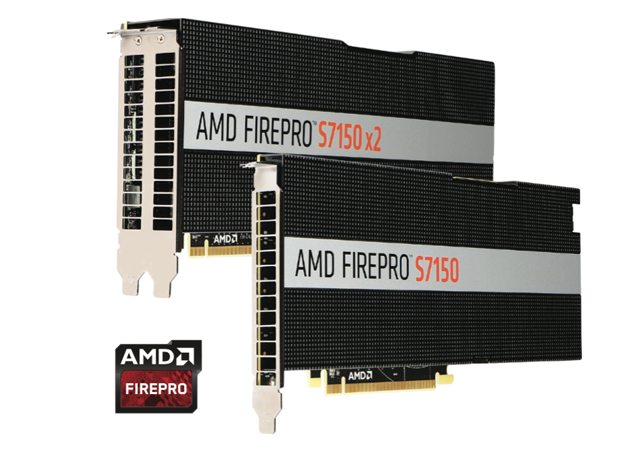Sponsored Content

Q: There has been a lot of talk about running CAD on virtual workstations inside the data centre. What exactly does this mean?
A: Simply, it means moving the computing horsepower – CPU and graphics- that runs the CAD application from a workstation next to the desk, to a server in the datacenter.
The server has the capability, through virtualization technology, to support multiple users at once, with the same performance they expect from their local workstation.
Users access their applications and windows desktop via a thin and light device, like a laptop or a thin client. The pixels for the application are streamed over the network to the device, so no data is local.
Q: How does this benefit design and engineering firms?
A: There are a number of bene ts for the rm aswellasthedesignerorengineer. First the firm and the IT management team that supports it will benefit from the ability to offer CAD access to more users.
Even non-CAD user who support the CAD staff can access full CAD models from light weight laptops.
Secondly, valuable datasets and models never leave the datacentre. The rm’s IP is better protectedandmanaged. 3rd,virtualized CAD workstations are easier to manage by the IT staff.
Since the workstation is in the datacentre, it can easily be maintained and updated without having to address each individual, local desktop. And lastly, virtualized workstations have a lower total cost of ownership (TCO). Each server is easier and less expensive to manage than workstation and can support between 12 and 16 users.
The design and engineering teams benefit from anytime, anywhere access to their CAD work. Since the datasets are on the server, they can be accessed from home or client site, on mobile devices like laptops and tablets.
It is also easier to collaborate with their team members as large datasets don’t move around to local users.
Q: What role does AMD’s new Multi User FirePro GPU play in this?
A: AMD’s Multiuser GPU (MxGPU) technology delivered by the FirePro S7150 series graphics cards was purpose built with the CAD user in mind. MxGPU is a hardware virtualized GPU, meaning the virtualization technology is built into silicon.
This provides a much more persistent performance compared to software virtualized products on the market. Users get consistent graphics performance at all times.
Also, since there is no software overlay on the MxGPU, it is inherently more secure from the possibility of compromise or attack. Finally, since AMD’s FirePro cards have no user license attached to them, the total cost of ownership is much lower than competitive products.
Q: How does the user experience compare to a desktop workstation and what CAD software can you accelerate with AMD Multi User GPUs?
A: When AMD’s FirePro MxGPU technology is integrated into a rm’s LAN infrastructure and set up for the CAD use case, the CAD designer can expect the same user experience they have on a local workstation.
AMD FirePro graphics cards for virtualization use the same native drivers as the workstation, guaranteeing performance. A unique capability of an MxGPU is the ability to deliver to users the right amount of GPU to help them get their jobs done.
Of course, the quality of the network is an important part of the user experience. WAN and wireless users may experience less responsive IO (mouse clicks) over lower quality networks.
Q: What early feedback have you had from your design and engineering customers?
A: Our design and engineering customers are extremely happy with the performance and the bene ts of the VDI use case that is delivered by AMD’s MxGPU technology.
In particular a couple things stand out. Consistency of performance is a major bene t. Designers and engineers don’t like to be surprised by a sudden hit to their graphics performance. MxGPU users get a persistent, dependable experience.
Secondly, design rms are seeing productivity gains when they switch to VDI. Since applications and datasets are centralized, the load times are dramatically faster, allowing designers to get to their work quickly.
To learn more about AMD Multi User GPU, click here.

How AMD’s new Multi User FirePro GPUs are looking to benefit designers
[sponsored content]
Default






